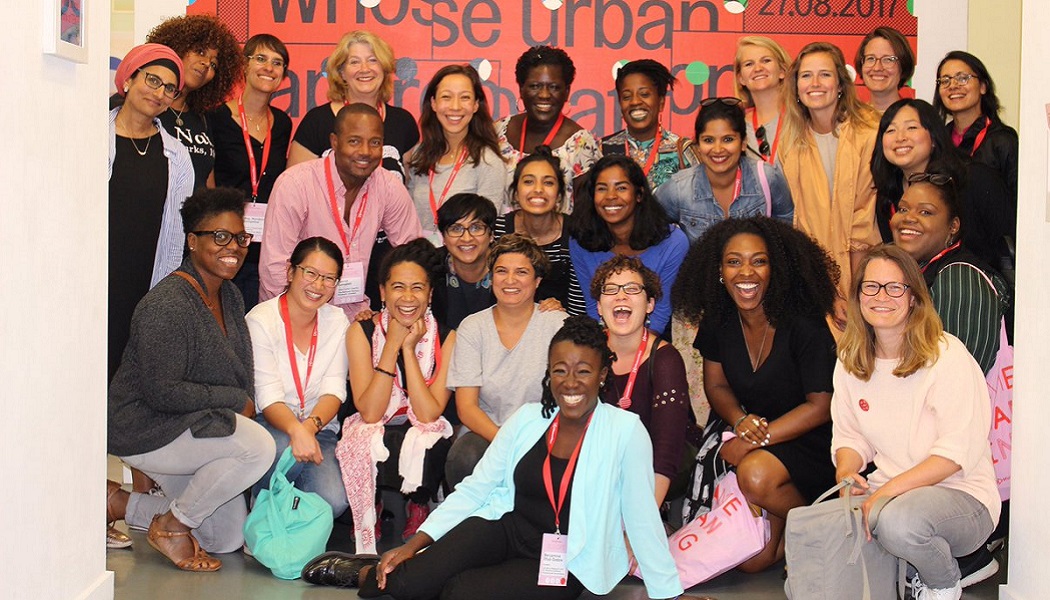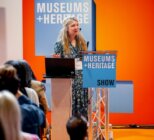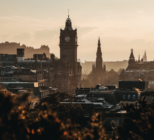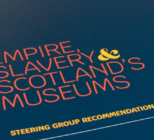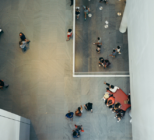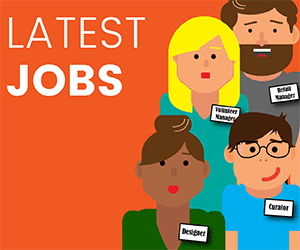As a sector museums and heritage are certainly far from perfect in taking actions and making progress in diversity, equality and inclusion work. However, I don’t want this blog to be about how we’re not doing enough, not taking consistent action and not being accountable in order to make greater progress. We know this.
I want to focus on how we increase understanding, appreciation and respect of our diversity. It feels so much more crucial right now in our context as a country, of relevance and in our direction of travel, of making a difference culturally for generations ahead. How we as a sector can use our creative talents, power of storytelling, privilege of platform to bring greater understanding and the value of difference.
Diversity is something we’re still grappling with, often I come across discomfort around this, moving into talking about inclusion or representation is something we feel more comfortable with. I guess it is in our nature to feel more comfortable going straight into solutions rather than unpicking the problem, going deeper into why there is lack of diversity in our arts and culture sectors.
Inclusion is about practical actions we can take to include people. However, belonging is not just about being included. You’ve got to feel your difference is valued, respected, understood and this place embraces you, to feel you belong. To feel you belong you need to see evidence that your difference does not count against you – that you’re paid less, that you have less opportunity to progress, that your story and lived experience share equal space and is celebrated. That when you share your story it is cherished, taken with care, sensitivity, empathy and compassion.
In the past year I had set myself a vision for how I would work to progress equality between groups, increase understanding, appreciation and respect of our diversity and take action for the inclusion of all.
I have been proud of the work I’ve done this past year with teams and organisations: my work with Museum Detox – a collective voice for positive change, highlighting issues experienced by BAME museum and heritage workers and as a support network; and my work with Museums Association around championing participatory practice and working with communities as equal partners.
I have also been working with Tate to create a national training programme for staff who are under-represented in their institutions to feel more empowered to make change at Tate, called We Make Change. This is an exciting initiative that shows leadership in taking positive action for diversity and inclusion.
The programme addresses Tate’s inclusion ambition, of retaining and progressing diverse talents, thinking strategically about succession planning. I am motivated by the teams and individuals I have worked with and working with to continue in making progress and believe in the difference we’re making. The year end is a good time to reflect; celebrate achievements and areas to work on in the new year. For me this will be to continue to unpick why we find diversity difficult, to make the unsaid said, the invisible visible and translate this into a language we can all work with. This is work we need to be doing to enable our inclusion goals to succeed.

